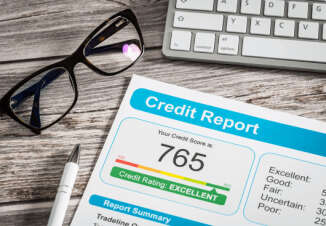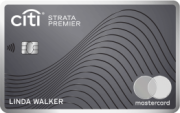The content on this page is accurate as of the posting date; however, some of the offers mentioned may have expired.

Every credit card holder knows about the existence of a special file that contains his/her personal and financial information and reflects their creditworthiness, or the ability to get credit and repay debts. This file is referred to as credit report which is the basis for calculating your credit scores and determining your financial status on the whole.
However, while your credit report is as easy as ABC for the bureaus which write it and for companies which use it for lending decisions, it is by no means a peace of cake for you. In short, have you ever got every single point written in there? We guess, not.
Meanwhile, the ability to read and understand your credit report is as vital as paying your debts. Under the Fair and Accurate Credit Transactions Act, you are entitled to a free-of-charge annual credit report provided by all the major credit bureaus. This is a really good provision.
The bad thing is the Act does not provide for your ability to comprehend the complicated and sometimes vague points that constitute the credit report. As a result, basing on the poorly-understood information, cardholders not infrequently take the wrong step when it comes to credit decisions and management.
We will teach you read your credit report correctly, so that when next time you think of applying for a credit card or wonder the reason for charging you excessive rates or penalty fees, you could turn to the report for the explanation.
Your credit report consists of 4 parts, each containing specific kinds of information which credit bureaus get from numerous sources, store and use for score computation purposes.
Part1: It is rather simple to read and understand as it is your personal information. Check the correctness of all the points - your name, date of birth, current and previous address, Social Security Number, drivers' license number, the length of employment and some others.
The correctness of the data is really important, sometimes the wrongfully reflected shorter period of employment mat affect your ability to qualify for credit.
Part2: A more significant part in your file - your credit history. This is where all sorts of accounts activated in your life are reported and sometimes called as trade lines. Credit cards, department store accounts, personal loans, car loans, mortgages, home equity loans and others are all reflected here, showing the length of your payment history and the correctness of making payments.
You will find detailed information on each of the accounts, covering the name of the account owner, the highest credit limit and the highest balance (if it is a credit card), the amount of your debt and the account status (open/closed/inactive/paid).
A potential creditor delves in every detail, reading this part of your credit report, as this is where all your late payments or defaults on credit cards and other loans are reflected. If, however, you are a responsible credit consumer, demonstrating unfailing fulfillment of your credit obligations, it is also shown in this part of your credit report.
Part3: if you are a law-abiding and disciplined customer, this part should be blank. Your creditor and you would never want to see tax liens, foreclosures, bankruptcies or judgments in your credit file.
Part4: it shows the number and type of inquires into your credit report. The hard inquiry takes place when you decide to apply for a credit card and order the report from the bureaus to see your chances. The soft inquiry shows which credit companies sent your pre-approved offers basing on your favorable rating. The soft inquiry, unlike the hard one, does not affect your credit score.
So, this is the four-part structure of your credit report that you must be knowledgeable about.
Watch for the explanation of terms placed on the back of the report pages. Turn to financial expert or call the credit bureau if you cannot understand some points. Your question will not hurt, but misunderstanding definitely will.





